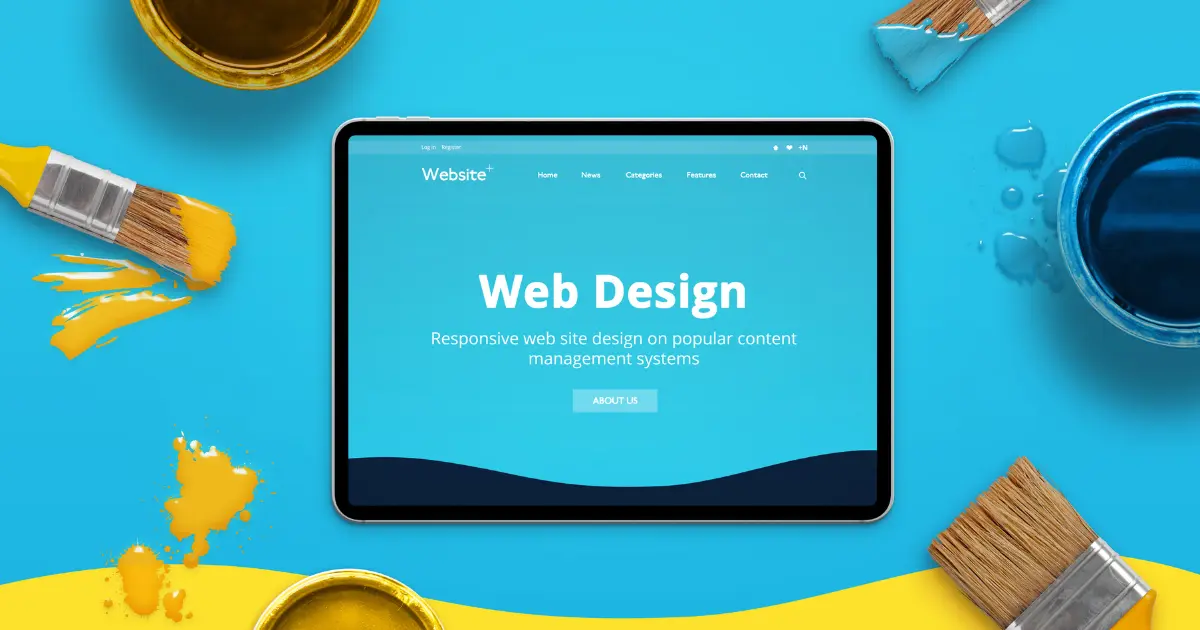In today’s digital age, web accessibility is no longer a niche concern, but an essential aspect of web design. By ensuring your website is accessible to users with disabilities, you’re not only creating a more inclusive online experience, but also unlocking a wider audience and reaping significant benefits for your business.
Why Accessibility Matters
There are several compelling reasons to prioritize accessibility in your web design strategy:
- Inclusion and Equal Access: The internet has become a vital resource for information, education, and commerce. Accessible websites ensure everyone, regardless of ability, can participate in the digital world.
- Reaching a Wider Audience: A significant portion of the population benefits from accessible features. This includes people with visual, auditory, motor, or cognitive disabilities, as well as older users and those with situational limitations. By making your website accessible, you’re opening the door to a vast and untapped market.
- Improved Usability for All: Accessible design principles often lead to better user experience for everyone. Clear navigation, keyboard compatibility, and alternative text descriptions for images benefit all users, not just those with disabilities.
- SEO Benefits: Search engines like Google consider accessibility when ranking websites. Accessible websites tend to be better structured and coded, leading to higher search engine optimization (SEO).
- Legal Compliance: In many regions, web accessibility is mandated by law. Ensuring your website meets accessibility standards helps you avoid legal pitfalls.
Making Your Website Accessible
Here are some key steps to take towards creating an accessible website:
- Use Clear and Simple Language: Avoid technical jargon and opt for plain language that’s easy to understand.
- Prioritize Keyboard Navigation: Ensure all website functions can be accessed using just the keyboard, catering to users with motor limitations or who rely on screen readers.
- Implement Clear Color Contrasts: People with visual impairments may struggle with poor color contrast. Use color combinations that are easy to distinguish.
- Provide Alternative Text Descriptions for Images: These descriptions allow screen readers to convey the content of images to visually impaired users.
- Use Descriptive Link Text: Avoid generic link text like “Click Here.” Instead, use descriptive text that clearly indicates where the link leads.
- Optimize for Screen Readers: Structure your website’s content in a logical way that’s easy for screen readers to navigate.
By following these guidelines and utilizing available accessibility testing tools, you can significantly improve your website’s accessibility.
Conclusion
Investing in web accessibility is an investment in your users and your business. An accessible website fosters inclusion, expands your reach, improves SEO, and creates a positive user experience for all. In today’s digital world, accessibility is no longer a nicety, but a necessity. By prioritizing accessibility, you’re contributing to a more inclusive web and reaping the benefits of a wider audience and a stronger online presence.
